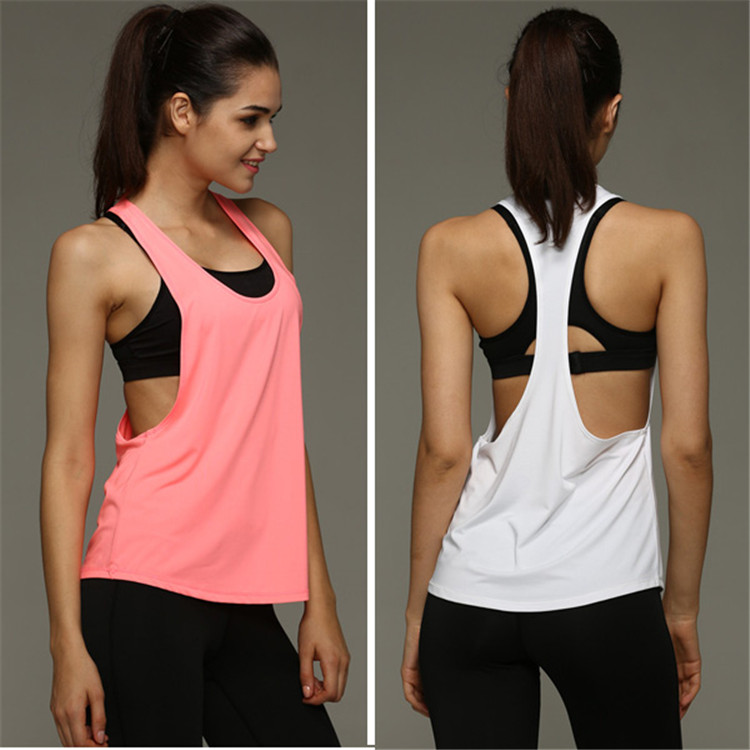How to Choose Singlet Basic for Women in UK

Beginning runners often begin their efforts without thinking about the more technical aspects of running. and which includes the equipment you must use. It’s easy to think that all you need to do is drink plenty of water before and after your run. True, but it is much more. Anyone who has ever run a long run in a Singlet Basic for Women can tell you that it is a miserable experience. Cotton not only absorbs sweat and adheres to the skin, but also prevents sweat from evaporating to cool the body. Cross-country skiers know that the wrong type of material can seriously injure the skin. How can you avoid these initial mistakes and enjoy your runs with more comfort? Knowing how to choose the right running shirt is the best place to start.
Besides the right shoes and the ideal type of Singlet Basic for Women, your shirt is one of the least important things you should have. However, before you stock up on your wardrobe, find out what’s available and what to look for when shopping. By doing your homework in advance, you can eliminate all the marketing buzzwords and fantasy, choosing the right running clothes for your needs.
CHOOSE THE STYLE THAT DEFINES YOU
There are three main styles of running shirts to choose from: Each has its place, but you’ll especially want to put away long-sleeve shirts for the colder parts of the year. Unless you plan on running in rainy weather (then you might like the extra protection), they’ll be plenty warm for the rest of the year. Tanks often have a style known as “trunk” with very open sides. Especially popular with women, there are also many men who prefer to go in tank tops. Their low profile gives your arms more freedom of movement, while the extra airflow allows sweat to evaporate easily for a natural cooling effect. However, not everyone is a fan of the revealing tank top.
Short-sleeved shirts that use a “technical” fabric are the most popular choice and the ones you’re most likely to see at competitions. The sleeves are very short to allow as much movement as possible while staying close to the body. This helps wick moisture away from the skin and reduce unnecessary air resistance. These are often made with special fibers, while tanks can be less technical. The material you choose is very important for your comfort.
WHAT PARTS ARE YOU LOOKING FOR?
As a general rule, avoid 100% cotton shirts unless you only plan to walk short distances. say a mile or two at most. As stated, these shirts wick away sweat, adhere to you, and provide a completely seamless experience between your choice of running and work activity. It’s much easier to overheat if you’re wearing a cotton shirt. That said, there are cotton blends that use other fibers, such as polyester, to provide clothing that fits well and still works.
Nylon is also a common additive to polyester. These items are generally cheaper than their counterparts known to many as “technical shirts”. What is a technical shirt? Simply put, it is usually a shirt based on 100% polyester or mixed with other fibers such as Lycra to allow maximum airflow to the skin.
NOT DISTRIBUTED OR CLOSED? WHAT IS THE BEST CHOICE?
Speaking of running shirts, should you be loose or tight? Some counters, like the techniques I mentioned, don’t give you much to choose from. They are not tight, but they are closer to your body than many other shirts. Overall, unless you’re going for a tank top, this is the option to go for. Tanks should be left loose and loose to allow air to circulate as you move.